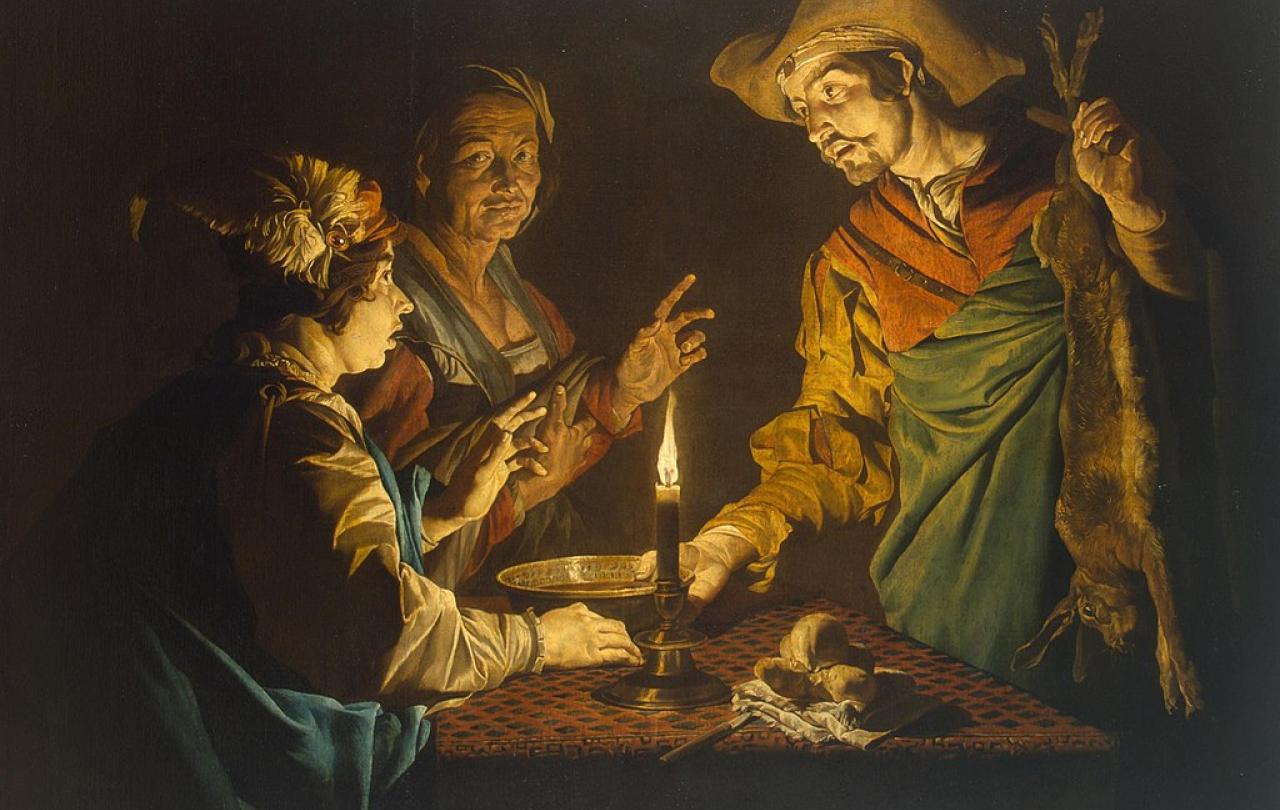
Listen now
As 2025 gets going, Katherine Amphlett encourages us to travel back in time with Lady Mary to get to know some of the bad guys of the Old Testament to find how little has changed; Simon Burton-Jones reminds us that there is a great deal more to Russia that Putin and Lauren Westwood paints a colourful picture of life in the grey areas.
Join with us - Behind the Seen
Seen & Unseen is free for everyone and is made possible through the generosity of our amazing community of supporters.
If you’re enjoying Seen & Unseen, would you consider making a gift towards our work?
Alongside other benefits (book discounts etc.), you’ll receive an extra fortnightly email from me sharing what I’m reading and my reflections on the ideas that are shaping our times.
Graham Tomlin
Editor-in-Chief





